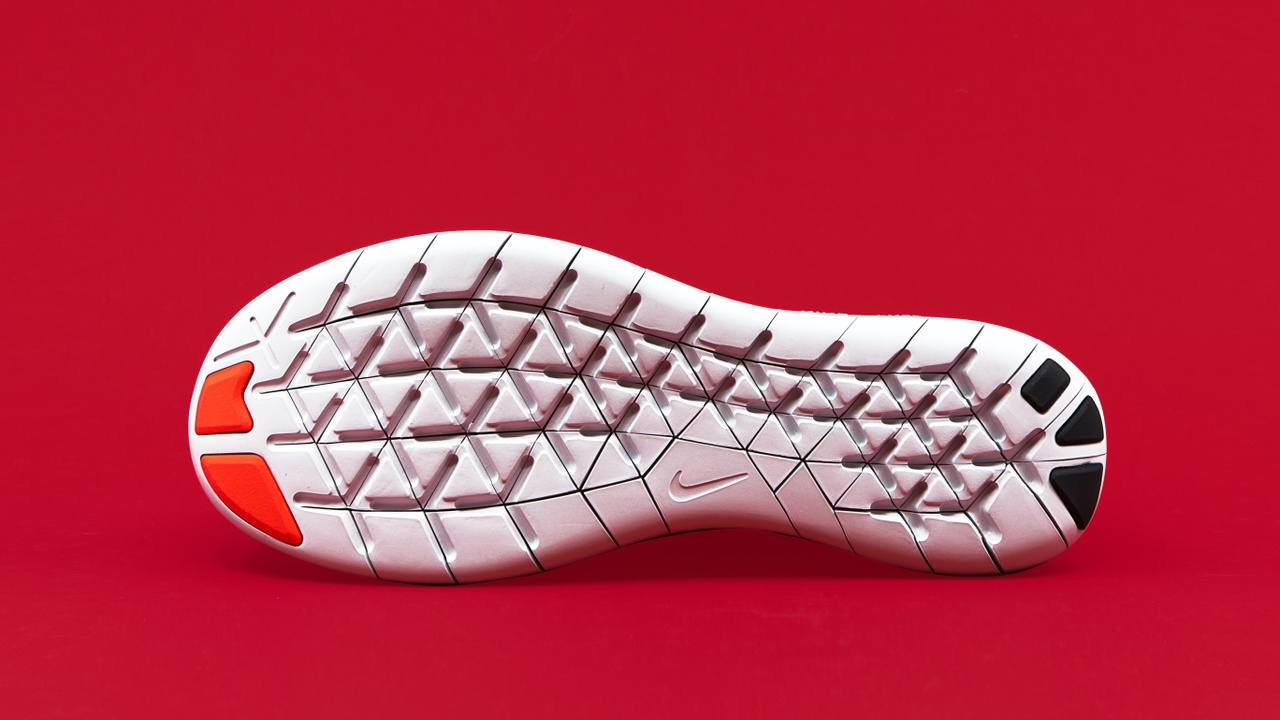FOOT HEALTH 101: The Basics to Functional Footwear for Men & Women

FOOT HEALTH 101: The Basics to Functional Footwear for Men & Women
Looks can be deceiving, why aesthetics are not the only reason to purchase a shoe.
The short-term comfort of foam and air is having a long-term effect on our health. Most shoes are made to look cool and trendy and demand you get another pair of sneakers to add to your collection. Big shoe companies make claims that their shoes can even enhance your performance by increasing efficiency and reducing injury when you run. They use fun color schemes and fancy sparkles and try to convince you that your foot can't perform well without it. If these products really did help you run better then why didn't I take first place in my relay race I did a few years back? If your shoes can take away your heel pain then why are we still selling orthotics to people? They try to make you think that their technology in footwear is a necessity for your moving life. But I think the most incredible piece of technology to ever go into a shoe is the human foot, not what surrounds it.
What shoes should I buy?
Since there are 26 bones and hundreds of muscles, ligaments and tendons in each foot we need shoes that allow our complex system of mobility, shock absorption and energy return to put a natural spring in every step.
The list below points to several factors that are vital for finding shoes that lend to the natural biomechanics and ingenious engineering support our feet provide. You don’t need to check all 4 boxes but aim for at least 2-3 of the 4 for something that will likely allow your foot to be more functional overtime.
1. Wide toe box
When the toes and forefoot are allowed to splay and spread then this initiates the tie bar mechanism. This prepares the foot to become a rigid lever for push off in locomotion.
2. Thin
With all the sensory nerve ending located on the bottom of the foot we need to be able to feel the surface of the objects we walk or run on. The more cushion the more distance our feet our from actually sensing and feeling our environment which makes it tough for the brain to understand what’s going which in turn creates less efficient with our walking.
3. Flexible
The foot is actually capable of moving in all 3 planes of movement. The shoes we wear should help us move in and out of these motions with efficiency and ease. Tight restricting or hard to bend or flex shoes don’t allow our feet to act as shock absorbers and transfer the force well causing pain in other areas. Be sure your shoe is flexible and can bendy fairly easily without too much force.
4. Flat (Zero Drop)
Avoiding shoes that have a heel lift is good because we don't want to always be shifting or changing our center of mass. A heel lift on shoes drives the pressure to the forefoot and shifts this load distribution up the rest of the kinetic chain. Try to find a shoe that has minimal heel lift and appears more even from heel to toe.
Functional footwear doesn’t have to be complicated. You don’t need your new pair of shoes to check all 4 boxes, but aim for at least 2-3 of the previous criteria and you will likely be on your way to allowing your feet to be free and act more optimal overtime.
Our feet are our foundation connecting us to the earth, they should not be compromised. A strong and stable base of support is the foundation of good technique and in turn better walking, running or weight-lifting performance. For more information on how to actually strengthen your intrinsic muscles of the foot check out this video:
If you need some recommendations to get started
Below I list some of my favorite shoe brands that meet the above criteria for functional footwear


